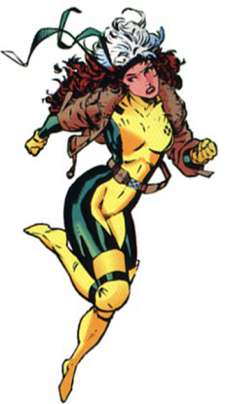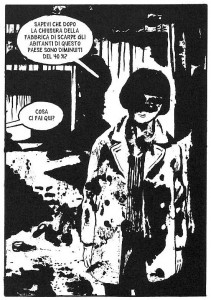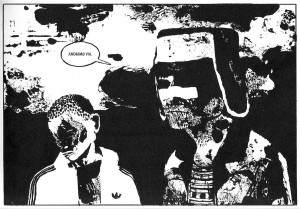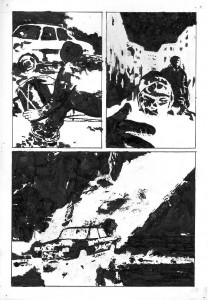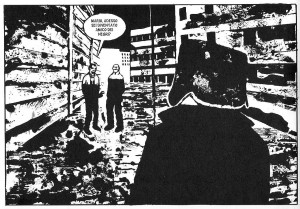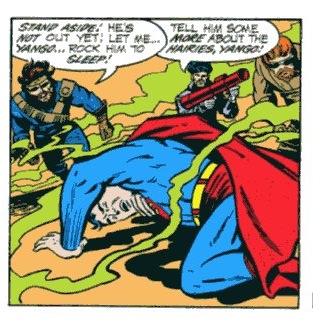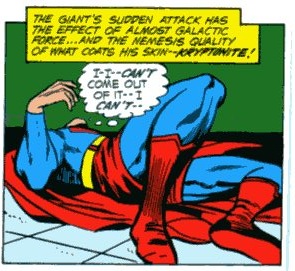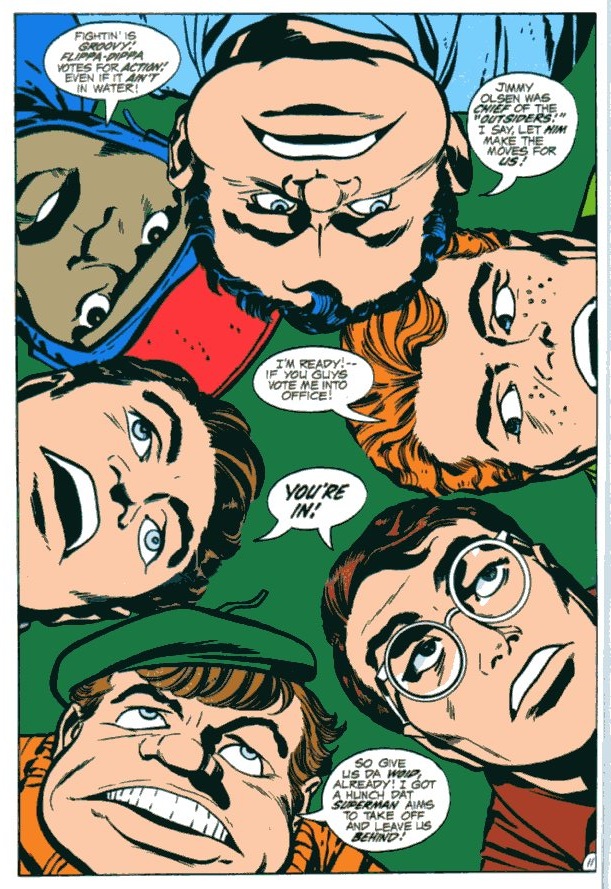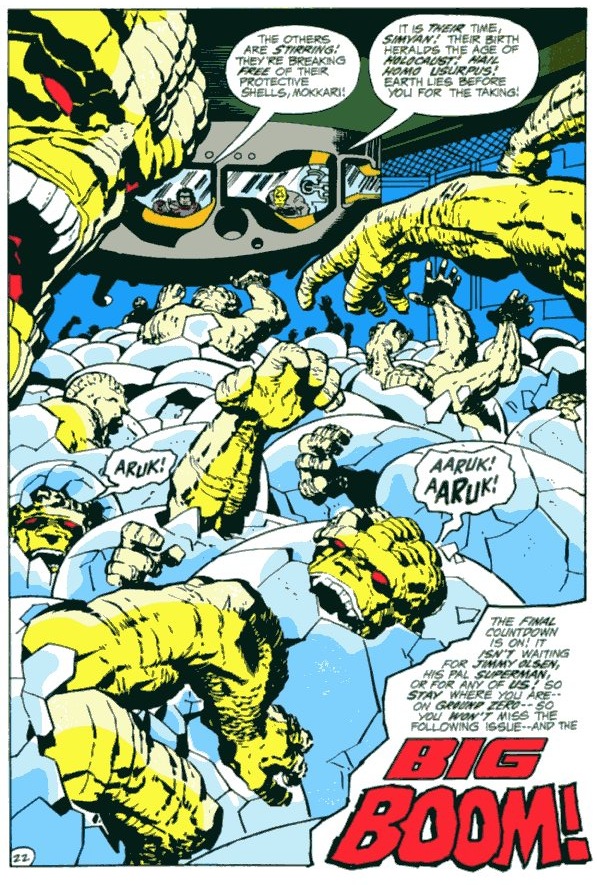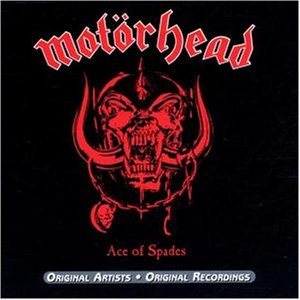According to the Internets, Uncle Sam was the unintended creation of Samuel Wilson, who inspected meat purchased by the U.S. government during the War of 1812. Wilson’s assistant, Elbert Anderson, would ship him barrels of meat stamped with “E.A.” and “U.S.” The meat-packers working for Anderson had no idea what “U.S.” stood for until some smart-ass decided that it meant “Uncle Sam.” The joke spread along with the meat, and a national character was born. To celebrate Independence Day, here is a collection of Uncle Sam images from various print media.
1800s
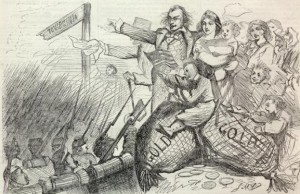
In Harper’s Weekly (1862)
CAPTION: “Go ahead, Boys: I’ll take care of the Wives and Babies. GOD bless you!”
.

In Harper’s Weekly (1864)
CAPTION: (to Young John Bull). “There, JACKY—there’s one of Daboll’s New Fog-Whistles for you. You’re always in a Fog about our affairs, you know. Now go and blow it upon Cape Race, and say it was UNCLE SAM sent you.”
.

By Thomas Nast in Harper’s Weekly (1869)
.
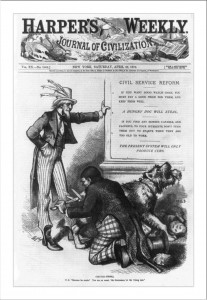
By Thomas Nast (1876)
CAPTION: “CUR-TAIL-PHOBIA. — U.S. ‘Because he steals? You are, as usual, ‘Mr. Statesman,‘ at the wrong end.'”
.
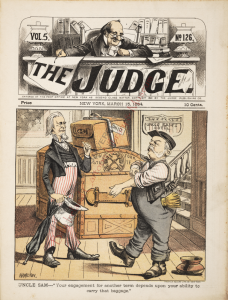
By Grant Hamilton in Judge Magazine (1884)
.
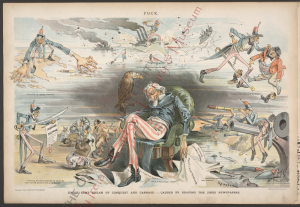
By Joseph Keppler in Puck Magazine (1895)
TITLE: “Uncle Sam’s Dream of Conquest and Carnage – Caused by Reading the Jingo Newspapers”
.
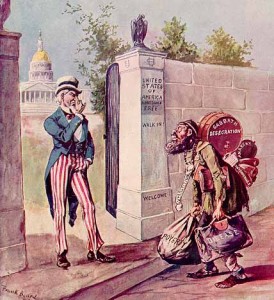
In The Ram’s Horn (1896)
CAPTION: “EMIGRANT – ‘Can I come in?’ UNCLE SAM – ‘I ‘spose you can; there’s no law to keep you out.”
.

In Sound Money (1896)
CAPTION: Cleveland holds Uncle Sam back while Spain pays old Rothschild’s bonds with Cuban blood.”
.
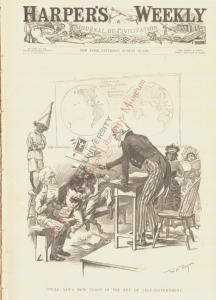
By William Allen Rogers (1898)
TITLE: “Uncle Sam’s New Class in the Art of Self-Government”
.
Early 1900s
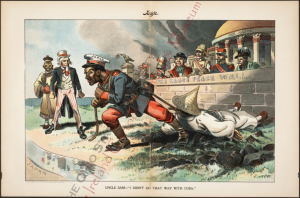
By Emil Flohri in Judge Magazine (1907)
TITLE: “Uncle Sam – ‘I didn’t do that way with Cuba'”
.
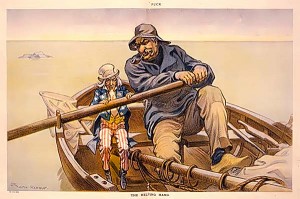
By J.K. Renour in Puck Magazine (1911)
TITLE: (J.P. Morgan) – “The Helping Hand”
.
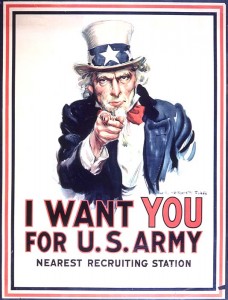
Poster by James Montgomery Flagg (1917)
Originally the cover for the July 6, 1916 issue of Leslie’s Weekly.
.

Poster by James Montgomery Flagg (1918)
.

Poster by W. Carson (1918)
.
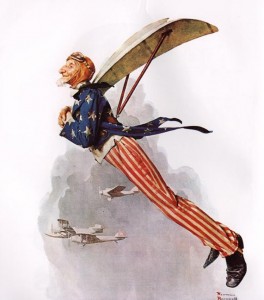
By Norman Rockwell in The Saturday Evening Post (1928)
TITLE: “Uncle Sam Takes Wings”
.
1930s

By Miguel Covarrubias (1933)
TITLE: “The Wailing Wall of Gold”
.
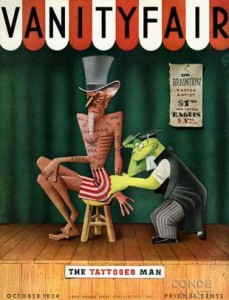
By Paulo Garretto in Vanity Fair (1934)
TITLE: “The Tattooed Man”
.

By Berry Ardin (?) in LIFE Magazine (1934)
TITLE: “Dr. New Deal”
.
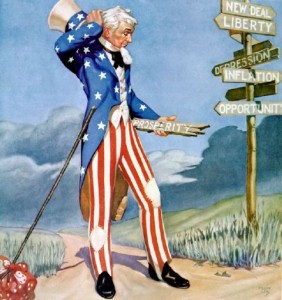
By Frank Lea in The Country Gentleman (1936)
TITLE: “Which Way to Prosperity?”
.
1940s
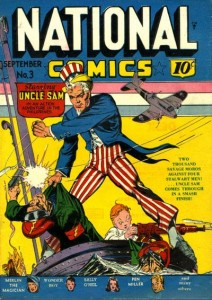
Cover by Lou Fine (1940)
.
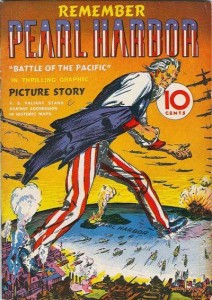
Cover by Jack Binder (1942)
.
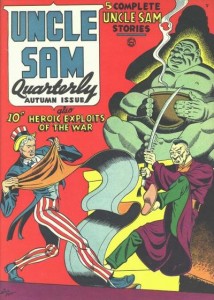
Cover by Gill Fox (1942)
.
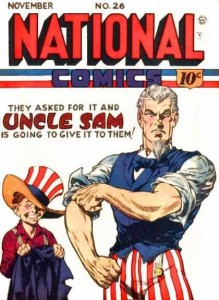
Cover by Reed Crandall (1942)
.
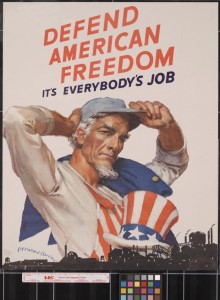
Poster by McClelland Barclay (1942)
.
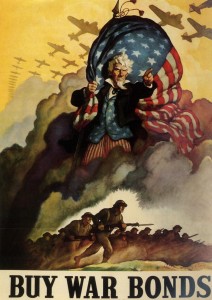
Poster by N.C. Wyeth (1943)
.

Cover by Alex Kotzky (1944)
.
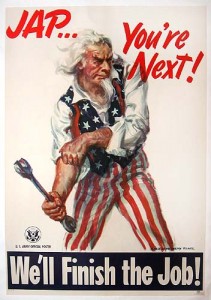
Poster by James Montgomery Flagg (1944)
.

By Kukryniksy in Krokodil (1947)
TITLE: “Equal Partners” (addressing the creation of NATO)
Kukryniksy was the pen name for three cartoonists who worked for the Moscow satirical paper, Krokodil.
.
1950s
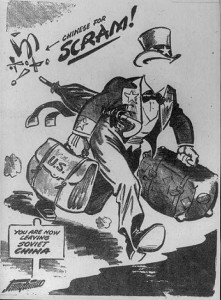
By Jerry Costello (c. 1950)
.

Art by unknown (c. 1950s?)
CAPTION: “Don’t Misbehave!”
.

By D.R. Fitzpatrick (1951)
TITLE: “The Firing of McArthur”
.

By John Fischetti for Collier’s (1953)
TITLE: “Time for a New Declaration”
.
1960s
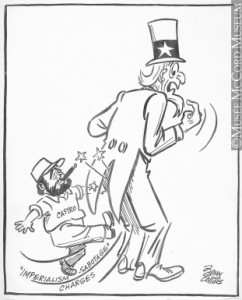
By John Collins (1960)
TITLE: “Look, I have a beard too!”
.
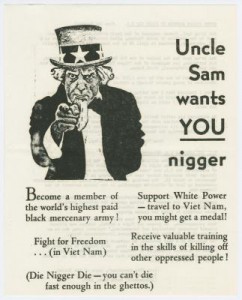
By The Vietnam Solidarity Campaign (1967)
.

By Herbert Block in The Washington Post (1968)
.
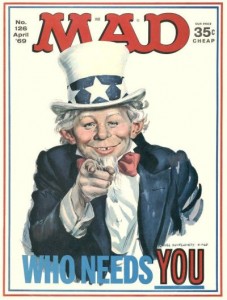
Cover by Norman Mingo (1969)
.
1970s

Poster by The Committee to Help Unsell the Vietnam War (1971)
.

Cover by Nick Cardy (1973)
.
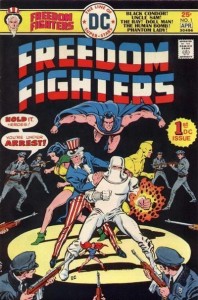
Cover by Ernie Chan (1976)
.
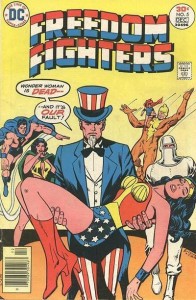
Cover by Rich Buckler and Vince Colletta (1976)
Freedom Fighters was canceled by issue 15.
.
1980s
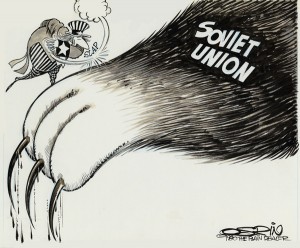
By Ray Osrin in The Plain Dealer (1980)
.
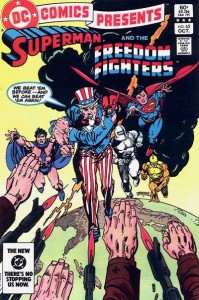
Cover by Gil Kane (1983)
.
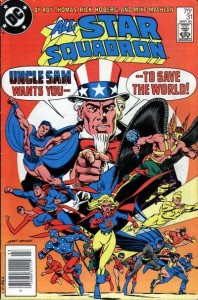
Cover by Jerry Ordway (1984)
.

Cover by Lorenz (1988)
.
1990s
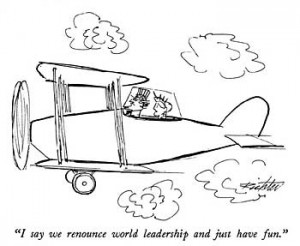
By Mischa Richter in The New Yorker (1991)
CAPTION: (Lady Liberty to Uncle Sam) “I say we renounce world leadership and just have fun.”
.
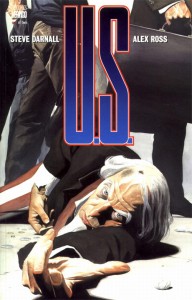
Cover by Alex Ross (1997)
.
2000s
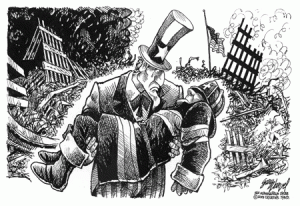
By Gary Varvel in The Indianapolis Star (2001)
.
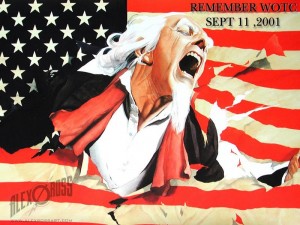
Wallpaper by Alex Ross (c. 2001)
.
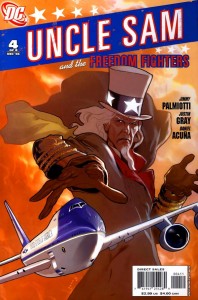
Cover by Daniel Acuna (2006)
.
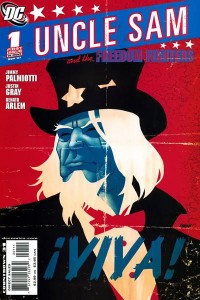
Cover by Dave Johnson (2007)
.

By Nick Craig (2008)
.
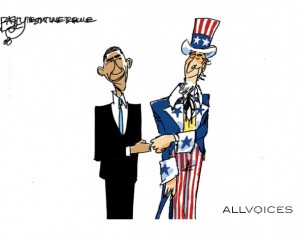
By Pat Bagley in The Salt Lake Tribune (2008)
.
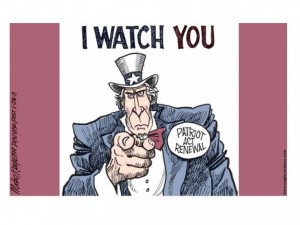
By Mike Keefe in The Denver Post (2011)
.
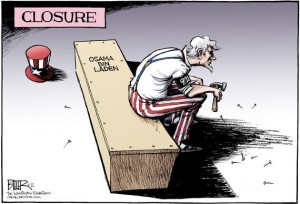
By Nate Beeler in The Washington Examiner (2011)
.
_____________________
Many of the earliest Uncle Sam images were found at SonoftheSouth.net
The cover of National Comics #26 now correctly attributed.

